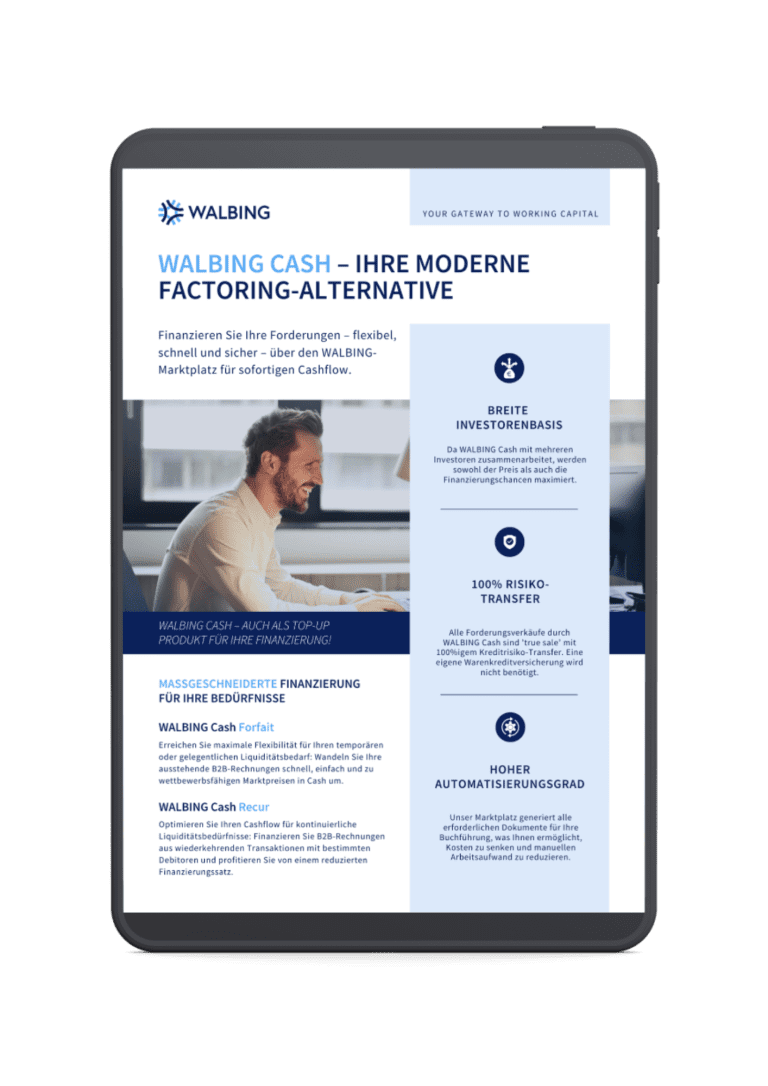According to the latest PwC Global Treasury Survey 2023, risk management remains high on the treasurers’ priority list this year, whereas risk management expertise is one of the most sought-after when it comes to new treasury hires1. The survey also reveals, that, among the significant economic risks, FX (Foreign Exchange) risk is the most concerning to 85 percent of the 282 survey respondents1. This risk arises due to fluctuations in exchange rates between different currencies that may cause a ripple effect on the value of assets, liabilities, revenues, and expenses in foreign currencies, leading to companies experiencing gains or losses.
“As in past years, foreign exchange (FX) risk continues to
PwC Global Treasury Survey 2023
remain the top economic risk concern of respondents.”
Let’s examine what strategies can treasurers and finance departments utilize to address FX risk, where small and medium-sized enterprises (SMEs) are at when it comes to FX risk mitigation, and what alternative and top-up solutions to the rather complex FX risk hedging tools the financial technology can offer.
What drives the currency exchange markets?
The reasons behind the forex market volatility are both diverse and strongly interconnected. A wide set of macroeconomic factors, such as interest rates and other central bank policies, countries’ economic performance and GDP growth, the geopolitical situation and political stability, market sentiments and speculations, as well as global and domestic supply and demand dynamics, can drive the fluctuations in currency exchange rates. With over 50 currencies being currently traded at the FX hubs worldwide, businesses are increasingly exposed to FX risk as, against the backdrop of the globalized economy, fewer and fewer companies choose to or even can profitably operate within the national borders.
Over the past few years, every FX influencing factor listed above went through major trials. During and in the aftermath of the global COVID-19 pandemic, the jammed supply chains disrupted production and distribution across the globe. As the world’s markets entered the post-pandemic recovery, the war in Ukraine sent global energy prices soaring. At the same time, the inflation rates across economies climbed to a 30-year high causing a slowdown in consumption and economic growth. To address the inflation, central banks have raised interest rates to stall the economy and attract new investment.
All these developments caused a ripple effect in the currency trade. For instance, the EUR depreciated to a historic low of 0,95 EUR against the USD in September 2022, whereas the Japanese Yen (JPX) has experienced continuous depreciation over the past years hitting a historic low against both EUR and USD in November 2023. While upward and downward exchange rate movements can have both positive and negative impacts on economies, the associated risks become more pronounced when it comes to businesses and their liquidity. Keeping in mind that FX forecasting and hedging is a discipline in its own right, businesses with high exposure need to either build in-house expertise or outsource FX risk management. Whichever path a company takes, a successful FX risk mitigation strategy is knowledge-driven and may well be beyond the reach of SMEs with limited resources.
FX risk management: Are SMEs prepared?
Some common methods to address FX risk include diversification, wherein companies maintain a diverse portfolio of currencies to spread risk and minimize exposure, and natural hedges, where revenues and costs are matched in the same currency, reducing the need for currency conversion. Furthermore, the exchange rates can also be locked in contractual relations with the help of such instruments as forward contracts, commodity options, and currency swaps. Whereas the former methods can be handled internally, the contractual instruments require a considerable amount of due diligence that, as research shows, may not be feasible for SMEs.
“Hedging is rarely used in SMEs, as they have a low ex ante perception of foreign exchange risk or, in the best case, only hedge individual transactions.”2
J. C. Neumann
An academic FX risk management study among 821 North German SMEs in 2017-2018 found that, out of 236 companies with at least one foreign currency account, only 121 companies were involved in active currency management2. The study concluded that, among the surveyed SME group, only 12 percent of the foreign contracts with foreign exchange trading hedged against FX risks, while 88 percent were unsecured2. A more recent study conducted by Credit Swiss among 1000 companies (not exclusively SMEs), suggests that in an increasingly volatile economic environment in 2023, more companies may have introduced FX risk management with 44 percent indicating that they hedged at least part of their foreign exchange risks3.
Here is how the most common FX risk management instruments compare as to their goals, parties’ rights and obligations, and market presence:
| Forward contract/ currency forward | Option | Currency swap | |
|---|---|---|---|
| Definition | A contract between two parties to buy or sell an underlying asset at a specified future date (the delivery date) for a pre-agreed price or/and currency rate. | A contract that gives the holder/buyer the right (not the obligation) to buy or sell (call or put option) an underlying asset at a specified price (the strike price) on/before a specified future date. | A contract in which two parties exchange a series of cash flows in different currencies over a specified period, incl. the exchange of principal amounts and interest payments. |
| Goal | Hedging against future price or currency exchange rate movements. | Speculating on or hedging against future price movements with flexibility. | Managing currency exposure and obtaining financing in different currencies. |
| Objective | Fixing the future price or the price exchange rate to mitigate risk and provide certainty. | Benefiting from favorable price movements or protecting against adverse movements. | Exchanging cash flows in different currencies to meet specific financial needs. |
| Rights/obligations | The buyer must buy the asset, and the seller must sell it, regardless of the current market conditions. | The buyer has the right to decide whether or not to exercise the option. The seller has an obligation to fulfill the contract. | Both parties are obligated to make interest payments and exchange principal amounts in agreed currencies. |
| Market presence | Typically privately negotiated between the parties (OTC – Over the counter). | Often traded on organized exchanges, creating a more standardized market, can be customized OTC | Can be traded OTC or on organized exchanges, providing flexibility in terms of execution. |
A top-up solution for FX risk management for SMEs
Traditional factoring is associated with a lengthy set-up process that many SMEs may not be able to pass and a rigid framework agreement that may not cover the Account Receivables that need hedging against FX risk. Here is where financial technology can offer the flexibility that the mid-cap market requires for addressing FX risk exposure.
In a digital receivable financing environment by WALBING, single invoices can be sold on flexible terms, without obligation to finance the entire portfolio, while del credere and FX risks are transferred to the financing party along the way. The receivable sellers receive a quick payout hence immediately improving their liquidity without the need to engage in separate foreign exchange hedging activities. Receivable sellers receive payouts in the original currency within days which contributes to predictable cash flow. With WALBING Marketplace offering invoice financing in the four most traded currencies, including EUR, CHF, GBP, and USD, the released funds are immediately assigned to the seller’s currency account.
Although receivable financing is not a hedging instrument, it can indirectly help mitigate FX risk by providing businesses with more predictable and stable cash flow without waiting for extended payment cycles. The released funds can either be directly matched or reinvested in the original currency avoiding any currency conversions, or converted at the opportune moment. Considering the relative unpredictability of currency rates and the complexity of FX risk hedging instruments, SMEs in particular must think outside of the box. Treasurers are well-advised to develop diversified and creative strategies to avoid liquidity shocks resulting from the FX market volatility.
Add WALBING Cash as a top-up solution to your FX risk management toolbox – reach out to the WALBING team for a quick demo of the WALBING Marketplace:
Sources:
- PwC’s Global Treasury Survey 2023. https://www.pwc.be/en/news-publications/2023/global-treasury-survey-2023.html
- Neumann, Jan Christoph: HEDGING CURRENCY RISKS? AN EVALUATION OF SMES IN NORTHERN GERMANY. Mendel University in Brno, Czech Republic. In: European Journal of Business Science and Technology, V. 5, I. 2, 2019. https://www.ejobsat.cz/pdfs/ejo/2019/02/01.pdf
- Credit Suisse. FX Survey 2023.Assessment of exchange rate developments. https://www.credit-suisse.com/media/assets/private-banking/docs/ch/unternehmen/unternehmen-unternehmer/publikationen/fx-study-2023-en.pdf









